Dutch technology for growing tomatoes: basic principles
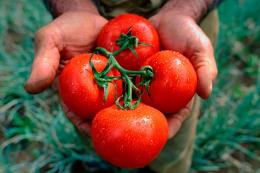
Growing tomatoes using Dutch technology is becoming increasingly popular. Vegetable growers, having studied all the principles of cultivation, harvest a rich harvest of red, tasty and juicy fruits. What's the point Dutch technology?
Content:
- Main varieties for cultivation
- Soil selection and preparation for planting
- Necessary growing conditions
- Tomato care
Main varieties for cultivation
It is better to use medium-sized or tall varieties for growing. The following varieties grow well in greenhouse conditions:
- Raisa. Indeterminate hybrid. The fruits grow to medium size. Each cluster contains 4-6 fruits, round in shape, dark red in color. The weight of one tomato ranges from 140-160 g. It is recommended to grow it in heated glass greenhouses.
- Honey Moon. It is an indeterminate variety. Ripens within 65 days. The fruits are fleshy and sweet, pink in color, weighing about 200 g. When ripe, the stalk has no green spot.
- Camry. Tall variety. Designed for growing indoors. The ripening period is 90-100 days. The fruits are round, red, weighing up to 200 g.
- Debut. determinant type. The bush grows up to 75 cm in height. Characteristic difference: early ripening and long fruiting period. The average fruit weight is 180-200 g. Up to 4.5 kg can be collected from one bush.
- President 2. Hybrid indeterminate variety. The first fruits ripen 2.5 months after planting in the ground.Resistant to many diseases. The fruits are bright red with dense pulp, weighing about 300 g.
- Cardinal. Early ripening hybrid. Refers to the determinant type. The tomatoes are smooth and red. The weight of one is about 200 g. You can harvest up to 5 kg of crop per square meter.
These varieties are mainly intended for growing in greenhouse conditions, but with proper care, seeds can also be planted in open ground. When choosing a tomato variety for cultivation using Dutch technology, it is necessary to take into account the ripening time and resistance to possible diseases.
Soil selection and preparation for planting
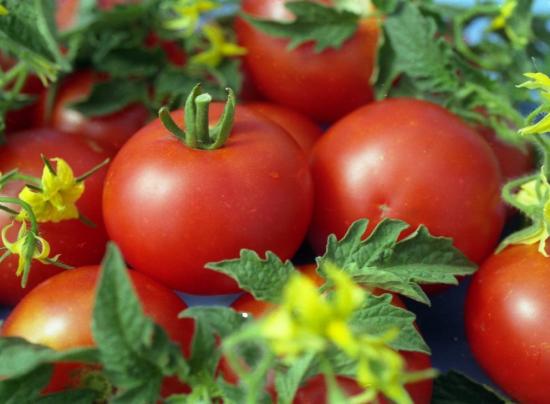
Regular primer for landings seedlings will not work. Place mineral wool into the prepared containers, after soaking it with water with added nutrients. Next, complex fertilizer is applied for the growth of green mass and fruit formation. It can be grown at any time, but the ripening time will vary depending on the period of the year. In winter, growing seedlings takes about 2 months, in spring from 1.5 to 2 months, and in summer the time is reduced to 1-1.5 months.
You can sow seedlings either in the ground or in special containers with drainage holes. A couple of days before sowing, the greenhouse is heated. It is important that the soil warms up to 16 degrees at the time of planting. The soil must be covered with plastic film before planting the seedlings. This must be done in order to prevent the growth of weeds.
After sowing the seeds, sprinkle sand or vermiculite on top. The top layer should be about 1.5-2 cm. When transplanting seedlings, it is important that the roots do not intertwine. A separate plant is watered after transplantation with salt water.This procedure should be performed carefully so as not to damage the small leaves. For this purpose, use a drip irrigation method or a hose.
2-2.5 sprouts are planted per square meter. In well-lit places the density can be 2.4-2.5 plants. The distance between rows should be 70-90 cm, and between seedlings - 50-55 cm. Containers with seedlings are placed so that the edges are 2 cm above the ground level.
Necessary growing conditions
The room where it grows seedling, need to be well ventilated. The air temperature should be at least 18 degrees, during the landing period - at least 16 degrees. If the temperature is lower, then the room is heated. The location for the greenhouse should be chosen so that it is closed from drafts.
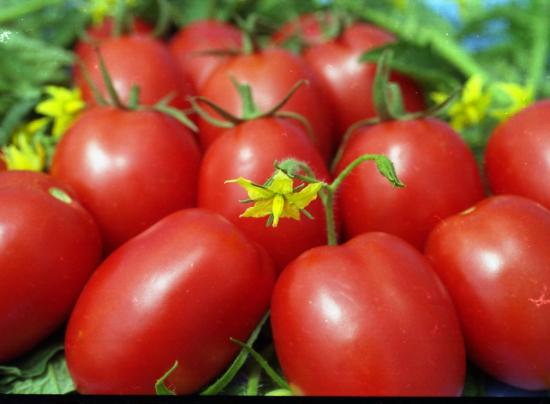
Air humidity should be between 65-75%. With less humidity, the tomatoes will become hard. To maintain air circulation in the greenhouse, special fans are used. At the same time, it is important to water the plants in a timely manner. Carbon dioxide is used for the process of photosynthesis. For this purpose, a generator is installed, which supplies carbon dioxide in a certain amount.
Tomato care
With proper care of tomatoes grown using Dutch technology, you can reap a large harvest. Plants should be cared for immediately after planting in the ground. To ensure uniform watering, a drip system is used. It is important to take into account air temperature, solar activity, humidity and temperature. in the greenhouse.
The frequency and frequency of watering depends on these factors. The water temperature for irrigation should be about 16 degrees. During the development and growth of the bush, it is necessary to monitor and promptly remove old and dried leaves.It is important to remember to trim the flowers.
First, 5 flowers are left, and then 6. Pollination must be carried out at least three times every 7 days. To do this, open several windows in the greenhouse so that bees and bumblebees can fly in.
Pollination can be carried out manually. In hot sunny weather, you need to lightly shake the brush with flowers, and then open the window in the greenhouse. To quickly ripen the last fruits, the plant stems must be treated with ethylene 7-10 days before harvesting. To obtain a good harvest, foliar feeding is carried out. Every week they are sprayed with mineral fertilizers.
Acidity level soil and calcium carbonate concentration must be appropriate, otherwise there is a high risk of rot development. According to Dutch technology, about 10 leaves should be present on the first brush of the plant. The peduncle should not be long, the internodes should have the correct location. The stem should be of medium thickness. All these are signs of proper vegetative development. Harvesting is recommended early in the morning 3-4 times a week.
Video about tomato growing technology:

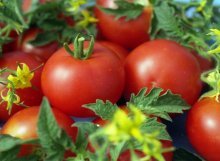
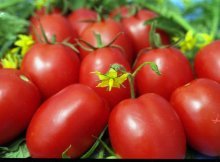
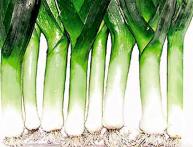
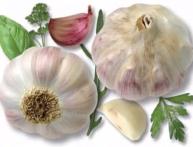
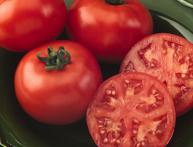
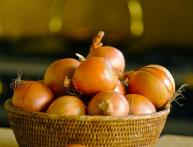

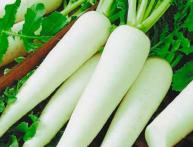
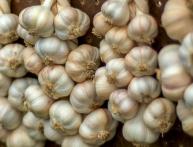
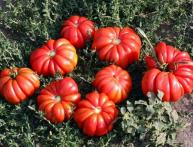
Comments
Something very small number of tomato bushes per square meter. With such a planting, the greenhouse must be very large. Typically, seedlings are planted every 35 cm and there will be about 9 plants per square meter.